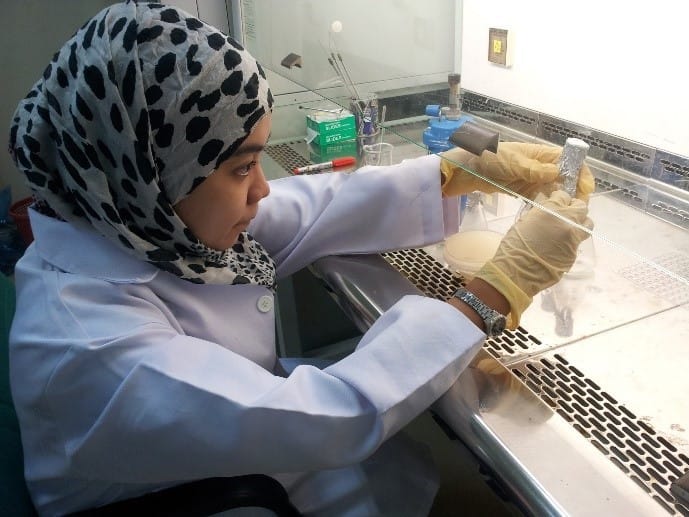For answers to these questions, The Petri Dish editor-in-chief DR MAHALETCHUMY ARUJANAN spoke to Dr Noorashikin Md Noor – a research fellow at Earth Observation Centre, Institute of Climate Change, Universiti Kebangsaan Malaysia.
Flash floods have become a common phenomenon, there is no distinct rain season and temperatures are higher than what it was 40 years ago in Malaysia. Is Malaysia grappling with climate change? What is causing it in Malaysia? What is being done?
It is predicted that by 2030, climate change will affect 70,000 Malaysian with an associated loss of RM1.7 billion, says Dr Noorashikin Md Noor. Noorashikin also drops many other bombshells. “It is expected that in the 2050s, we may have to suffer more than 240 days per year in temperatures above 350C. There is an increase of 0.40C every decade on an average.”
Between 1990 and 2010, carbon dioxide (CO2) emissions increased at a faster rate, resulting in a temperature increase of 0.7 to 2.60C. These may look like small numbers, but they have extreme effects. This change in temperature will result in more rain in some areas while others endure drought or drier conditions.

















